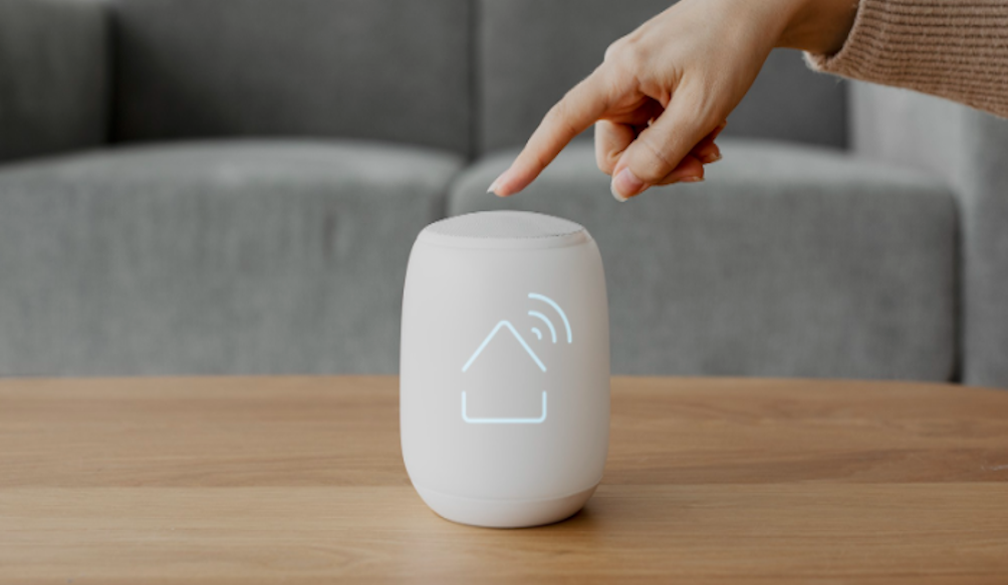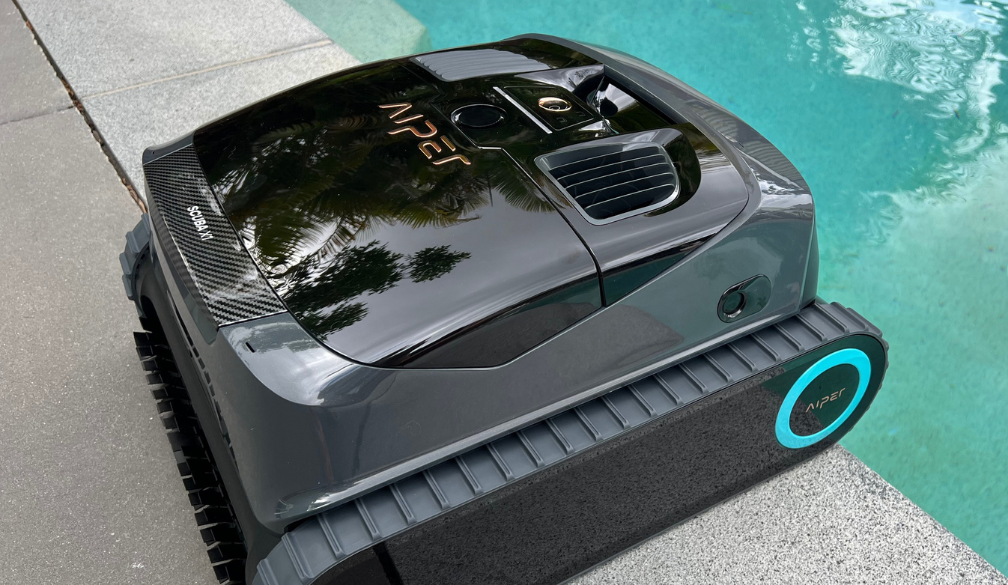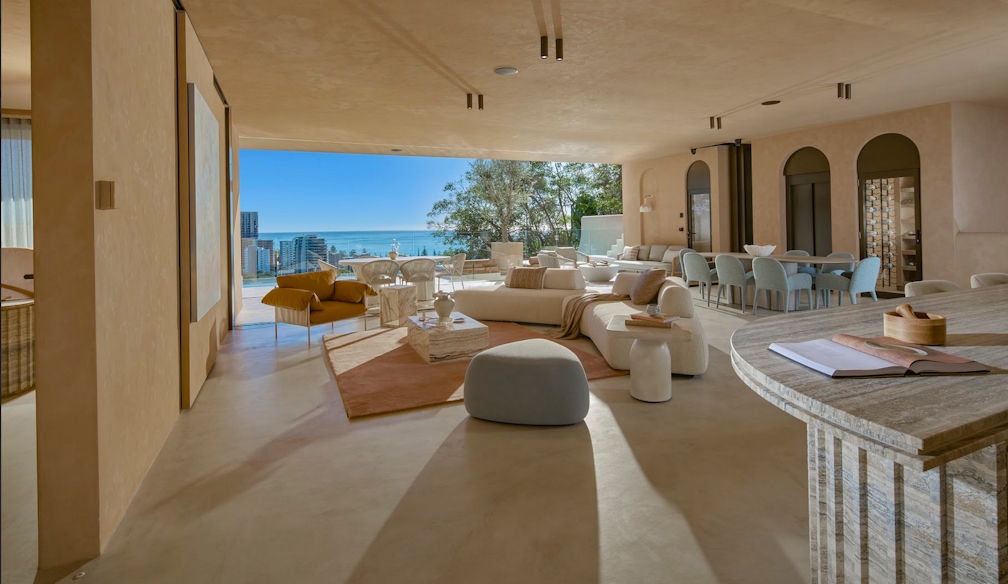How Smart Home Integration is Enhancing SIL Accommodation in 2025

(Source)
The concept of "home" is intensely personal, a sanctuary where we experience security, comfort, and a sense of being in control. For people living with disability, accomplishing absolute independence within their domestic environment has historically supplied unique, demanding situations.
Supported Independent Living (SIL) accommodation in Australia provides critical support, but in 2025, a quiet revolution is unfolding within these spaces: the seamless integration of smart home technology. This is not just about convenience; it's about empowerment, safety, and a profoundly better quality of life.
Gone are the days when the assistive generation felt clunky or isolated. Today, clever domestic integration in bright living accommodation is developing intelligent environments that proactively guide residents, bridging gaps that previously appeared insurmountable. Imagine a domestic that knows your wishes, responds to your voice, and anticipates your needs – this is a fact becoming increasingly accepted across Australia.
More than Just Gadgets: The Nub of Smart SIL Accommodation
An actual smart home in SIL accommodation is much more than a single device. It is an integrated ecosystem in which different technologies interconnect and cooperate to form a sensitive and helpful home environment:
- AI-Powered Voice-Activated Assistants: Amazon Alexa and Google Assistant devices are no longer limited to playing music; they can also perform various tasks. They are more sophisticated in 2025, having learned complex commands and become accustomed to varying speech patterns. Physical barriers to control are eliminated as residents can turn lights and thermostats on and off, as well as control entertainment systems and make calls, all with just their voices.
- Smart Lights and Climate: Programmable smart lights can be turned on or off using motion sensors at a specific time or by voice command, preventing falls and reducing energy waste. Learning thermostats can automatically adapt to preferences and maintain comfortable temperatures without requiring manual adjustments, a feature that is invaluable to individuals with temperature sensitivities or those who lack the mobility to adjust the thermostat.
- Smart Security Systems: Facial recognition video doorbells, automatic door locks, and motion sensors offer additional safety and reassurance. Residents will be able to see and talk to their visitors remotely, unlock doors for support staff, and receive notifications about suspicious activity, giving them a sense of control and safety.
- Integrated Appliances: Smart fridges will be able to monitor groceries and make meal suggestions based on dietary requirements, while smart ovens can be preheated with the touch of a button or by using a voice command. People who lack dexterity will find these appliances make their daily chores, such as cooking and cleaning, very easy.
- Wearable Devices & Health Monitoring: Smartwatches and other wearable devices can track vital signs, detect falls, and alert a carer or medical professional in the event of an emergency. Even potential health problems can be predicted using AI-driven analytics, leading to earlier intervention.
- Specialised Communication Aids: AI-powered voice synthesis and real-time transcription applications are transforming communication for those with speech impairments and fostering more inclusive relationships.
Australian Real-Life Examples
Smart SIL homes are springing up around metro and regional Australia.
A recent example is a provider in Queensland that has installed fully integrated smart homes to its NDIS participants, which include voice-controlled lighting, smart fridges, and climate control systems. Residents reported an increased sense of independence and even improved mental health as they felt more in control of their lives.
In Victoria, a housing provider and technology company have developed SIL accommodation that features automated doors, environmental control, and real-time support dashboards to keep families informed.
And these are no longer experimental pilots — they are the new standard.
What to Keep in Mind When Introducing Smart Tech to SIL
The potential advantages of smart homes are enormous. However, they should be planned. Some of the main points to keep in mind are as follows:
1. The Customisation Will help
Residents will never be alike. Tech must be customised to the physical, cognitive and emotional needs of the individual. Something that is effective to one individual may be very confusing to another or even intimidating.
2. Privacy and Consent
When the devices record information or allow tracking at a distance, it becomes essential to consider that consent is expressed and privacy preserved. The residents must never feel like they are not in control of their environment.
3. Training and Support
The residents, as well as the support staff, must be trained on the use of the technology. The existence of a good support system to carry out troubleshooting is equally essential as the hardware itself.
4. Ndis Plans Compatibility
Certain smart home technologies can be NDIS-funded, but it is essential to match the technology with the participant's goals and funding categories. It can be useful to work with an experienced plan manager or coordinator.
Conclusion:
By 2025, the concept of smart home technology in SIL accommodations is no longer about basic automation; it is about creating environments that are intelligent, sensitive, and highly personal to live in. It is about providing people with disabilities with an unprecedented level of control over their lives, allowing them to become truly independent, and turning a house into a genuinely innovative, supportive, and empowering home. The future of independent living is connected, and it's here.




















